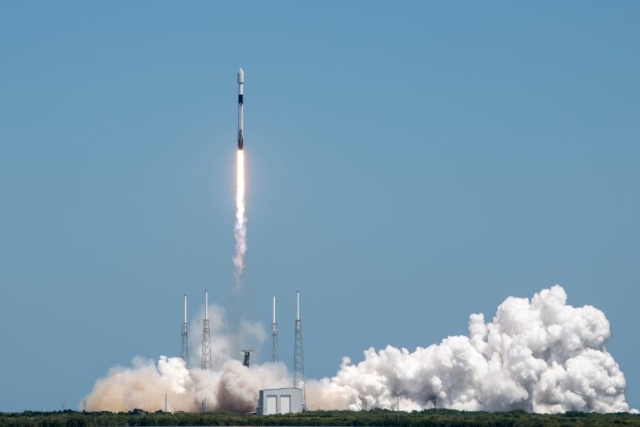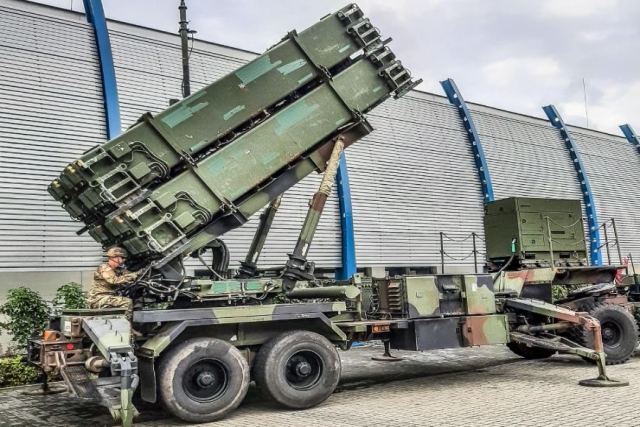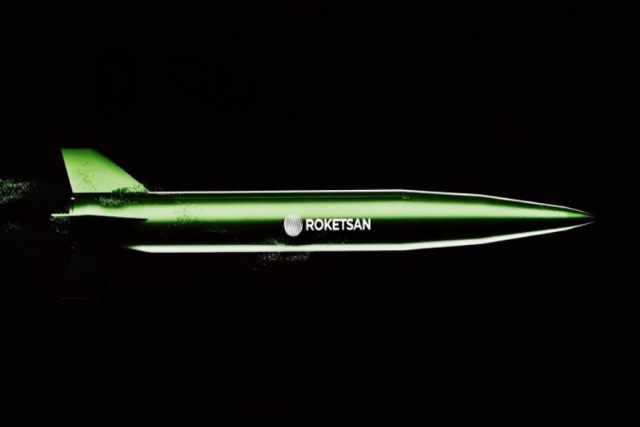Are Autonomous Helicopters The Future Of Vertical Lift?
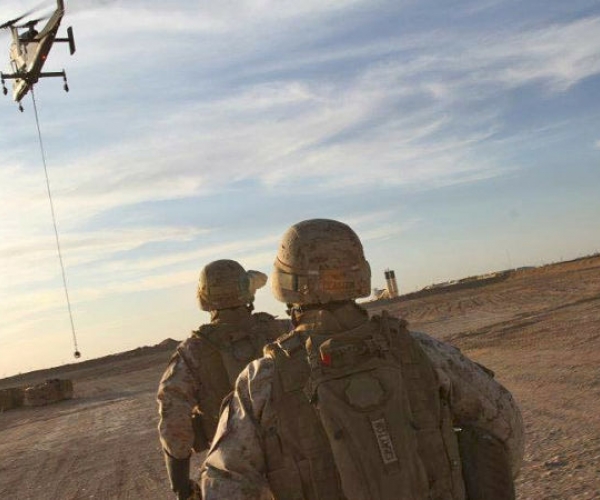
Autonomous helicopters-that offer both manned and unmanned flights- have expanded the mission profile of airborne systems, enabling missions that could not be performed safely or economically by manned aircraft.
Experts predict that by 2025, as the number of defense firms working on developing path-breaking technologies for automonous helicopters increase, utility of these helicopters is bound to increase several folds.
The effectiveness of autonomous helicopters was popularised in 2010, when the US Army tested the combination of manned and unmanned armed reconnaissance helicopters that proved this integration could locate and kill 90 percent of targets, compared to manned helicopter forces that located just 70 percent of targets.
As part of the US Army’s unmanned aircraft systems (UAS) roadmap, DODBuzz had reported back in 2010, that this program will make recommendations out to 2035, with a five year recommendation followed by one for each of the next decades.
That same year, an Army-funded research group at Carnegie Mellon University and the Piasecki Aircraft Corporation, tested a single-turbine helicopter during which the chopper took off, choose its own flight path, and set down intact without reaching out to humans for help.
Autonomous Vs Manned Helicopter:
Unmanned choppers could help the military better handle dangerous territory and low-visibility conditions to evacuate wounded soldiers or bring supplies to the front lines, as it requires no human effort and autonomous software controls the helicopter. Unlike manned choppers, autonomous helicopters are equipped with artificial intelligence that has a combination of an autonomous control systems and sensors which helps to fly by itself and make decisions about steering to keep itself safely even when flying in a low altitude environment rich with obstacles.
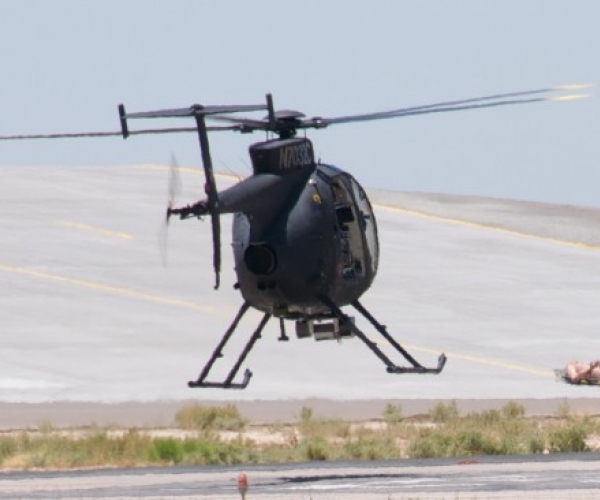
Latest Unmanned Chopper Technologies:
1. DARPA- US Navy TERN:
Tern project, a joint program between DARPA (Defense Advanced Research Projects Agency) and the U.S. Navy’s Office of Naval Research announced in 2013, has further escalated the need to develop radically improved helicopter technology.
The US Military’s next X-Plane, a VTOL (vertical takeoff and/or landing) project, suitable for launch from small-deck ships, aims at broader technological improvements in helicopter and vertical lift tech, i.e. X-plane to carry about 4,000 pounds (40 percent of the vehicle’s weight) at speeds over 300 knots. The aircraft would lift off like a helicopter and then perform a transition manoeuvre to orient it for wing-borne flight for the duration of a mission.
Tern envisions a new medium-altitude, long-endurance unmanned aircraft that could operate from helicopter decks on smaller ships in rough seas or expeditionary settings while achieving efficient long-duration flight. To provide these and other previously unattainable capabilities, the Tern Phase 3 design is a tailsitting, flying-wing aircraft with a twin contra-rotating, nose-mounted propulsion system.
2. US Navy’s Autonomous Aerial Cargo/Utility System Project
The US government is also working on creating an open-architecture system that could easily be fitted on any helicopter for easy unmanned flying. The US Navy’s Autonomous Aerial Cargo/Utility System, or ACCUS program announced in 2012 meets the said requirement that lets an operator steer the helicopter via a tablet PC with just 15 minutes of training.
The US-firm Aurora Flight Sciences’ Tactical Autonomous Aerial Logistics System, or TALOS, unmanned helicopter piloting system has already been tested on a Boeing H-6U Unmanned Little Bird and on three manned Bell 206 aircraft, and soon will be tested on a UH-1H helicopter under ACCUS program.
3. Boeing AH-6 Unmanned Little Bird:
The Boeing Company’s AH-6 Unmanned Little Bird is an autonomous helicopter that was designed for military use. An early model of the project made its first autonomous flight in 2004 with a safety pilot, followed by a fully autonomous flight that included obstacle avoidance in 2010. The AH-6's avionics are based on the same software as the Boeing AH-64E Apache Guardian attack helicopter, making for improved performance and interoperability.
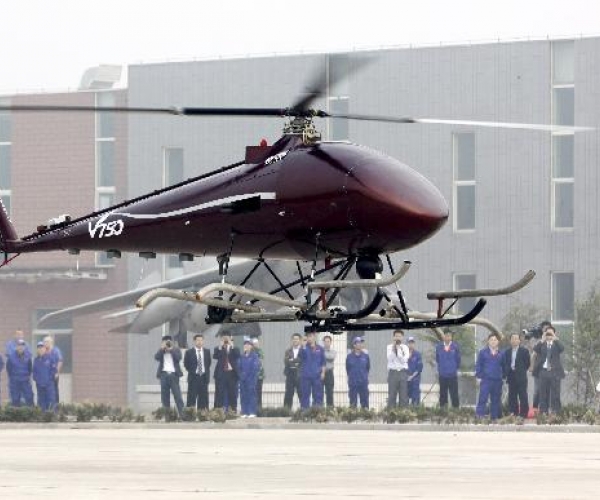
4. Leonardo-Finmeccanica’s SW-4 ‘Solo’ Rotary Unmanned Air System:
The UK has invested on an unmanned rotor-wing technology under the British Rotary Wing Unmanned Aerial System project. During the Farnborough airshow last year, the British MoD signed a deal for Leonardo-Finmeccanica’s advanced SW-4 ‘Solo’ Rotary Unmanned Air System for technology demonstrator.
The SW-4 ‘Solo’ Rotary Unmanned Air System (RUAS) is based on SW-4 light single engine helicopter. It is designed for both piloted (Optionally Piloted Helicopter, OPH) and unmanned operations, for maximum operational flexibility. The RUAS version of the SW-4 is capable of performing a number of roles, including surveillance and reconnaissance and cargo re-supply, in both land and naval environments. When piloted, the SW-4 ‘Solo’ can undertake manned activities including transportation of personnel, surveillance and intervention. The SW-4 is EASA certified, ensuring safe operations when operating in the manned and unmanned modes.
Recently, Leonardo-Finmeccanica took over an Italian company that developed the SD-150 Hero small unmanned helicopter. The acquisition, announced on December 27, 2016 is believed to help build Leonardo’s stable of unmanned aircraft, which includes the SW-4 Solo optionally piloted helicopter.
“This acquisition is a testament to the quality of our investments in the field of unmanned systems, a sector with high added value in which Leonardo is a leader in Europe,” said Mauro Moretti, Leonardo CEO and general manager. “Thanks to a defined investment strategy, our portfolio is further enriched, making Leonardo even more competitive and ready to meet the future challenges in advanced technologies.”
Chinese Unmanned Helicopter Programmes
1. Armed V-750 Helicopter UAV:
In June 2016, an unmanned V-750 helicopter UAV, developed by China, successfully fired anti-tank missiles at targets. Jointly developed by Weifang Tianxiang Aerospace Industry Co.Ltd., Qingdao Haili Helicopters Manufacturing Co. Ltd and certified by Chinese aviation authorities in 2014, the 750kg V-750 drone is used by both civilian and military users. The armed version of the V-750 can carry at least two 50kg anti-tank missiles, such as the HJ-9 and HJ-10, or rocket pods, and has a range of 500 kilometers.
2. NORINCO Sky Saker helicopter UCAV:
Another Chinese firm, NORINCO unveiled Sky Saker, a coaxial rotor, 100-200kg helicopter UCAV in the same year. In addition to surveillance and fire control, the Sky Saker H300 can provide midcourse corrections for guided munitions launched by other platforms, such as cruise missiles from H-6K bombers or shells fired from PLZ-05 howitzers. The Sky Saker H300's ground control station is likely to be networked to a wider array of Chinese military systems for integrated fire effect, which would make it not only a valuable asset for counterinsurgency and urban combat, but also for wider missions like hunting enemy small ships (such as the Taiwanese Tuo stealth boat) or electronic warfare vehicles.


